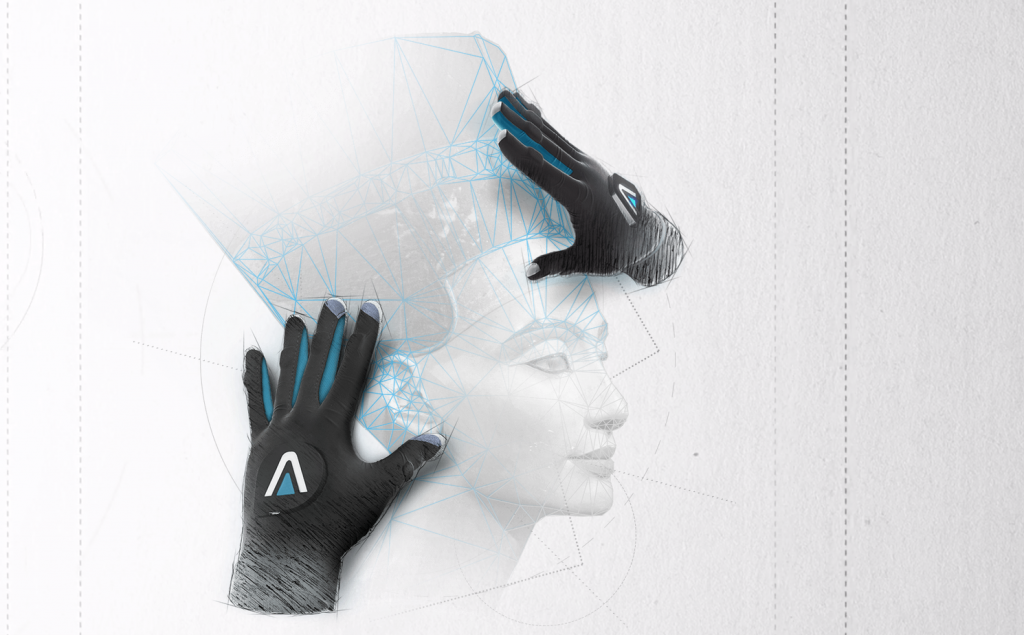
‘Touching Masterpieces’ Debuts at National Gallery of Prague
For most of history, the visually impaired have been excluded from fully appreciating the world’s great works of art, having to rely on interpretive descriptions of works of visual media. With the advent of touch-based haptic VR, however, blind people will be able to truly experience three of the world’s most well-known and historic sculptures for the first time this month. Released on March 23, the haptic VR exhibit “Touching Masterpieces” was debuted at the National Gallery of Prague as well as worldwide via downloadable files for home use.
Above: Touching Masterpieces – Haptic VR for the Blind from Telegram Lab Films on Vimeo.
Developed by Spanish technology firm NeuroDigital Technologies in cooperation with the National Gallery, the Leontinka Foundation, and Geometry Prague, “Touching Masterpieces” features three historic sculptures that users can The Nefertiti Bust, the Venus de Milo and Michaelangelo’s David.
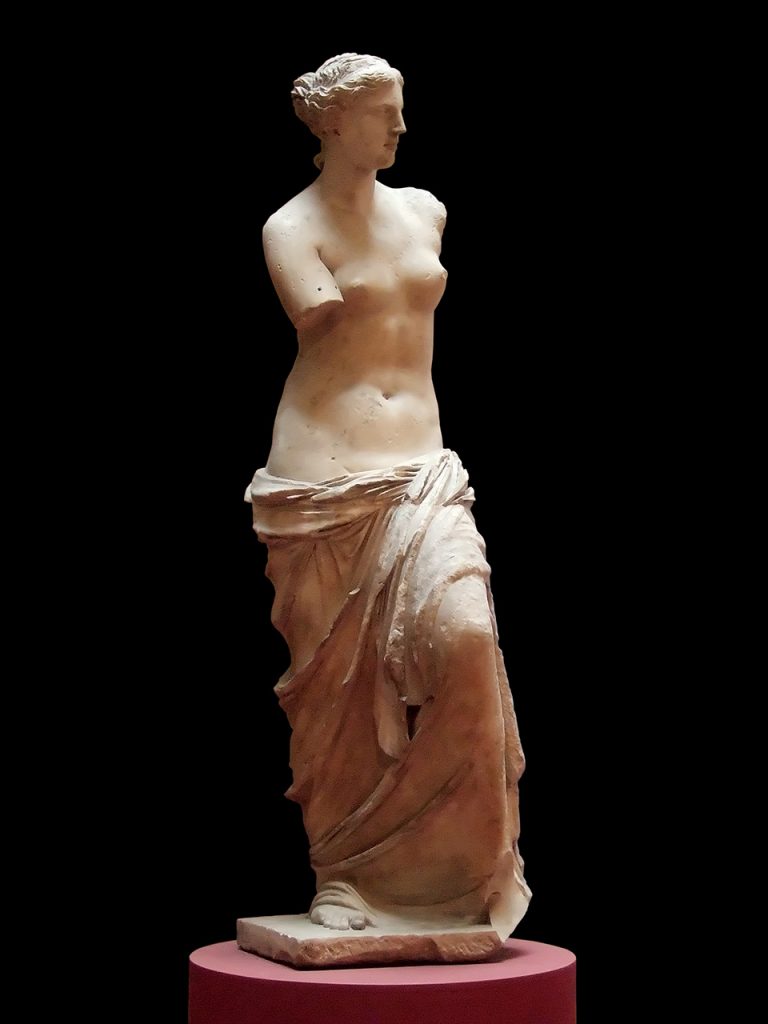
The Ancient Greek sculpture commonly known as the Venus de Milo, one of three scuplutres featured in “Touching Masterpieces”. Via Shawn Lipowski / Wikimedia Commons.
While most VR technology today focuses on creating visually rich virtual environments leading to the oft-mistaken misconception that VR is synonymous with headsets, goggles and other visual accessories, the technology also encompasses other means of immersing all of the senses. Haptic VR gloves simulate tactile inputs on a user’s hand, allowing users to experience sensations such as pressure, texture, weight and temperature for full immersion into a virtually felt physical world.
Much in the same way a VR headset might allow for a sighted person to virtually tour the Louvre or Neues Museum and see the Venus de Milo or Nefertiti Bust as if he or she were there, “Touching Masterpieces” employs haptic technology to allow for the blind to virtually feel the surfaces of these sculptures as if they were touching the works in-person. With “Touching Masterpieces,” the blind as well as the sighted will be able, for the first time, to have the privilege of interacting with these works using touch.
According to reporting by Adweek, the creative director of Geometry Prague Julia Dovlatova said:
“Through curiosity, pursuit of innovation and a passion for creativity, we realized that specially-adapted haptic technology could open doors to a unique art experience for the blind […] our collaboration with NeuroDigital helped us fine tune haptic gloves to ‘see’ art through virtual reality touch.”


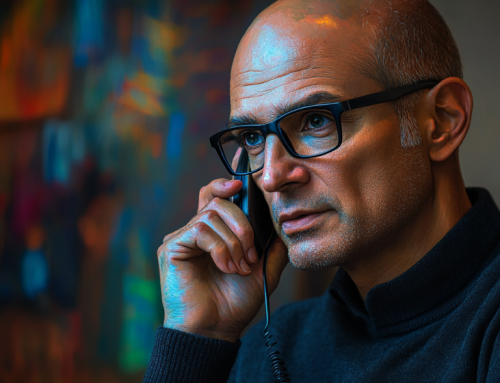
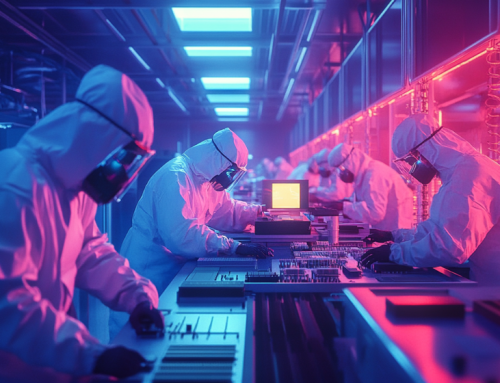

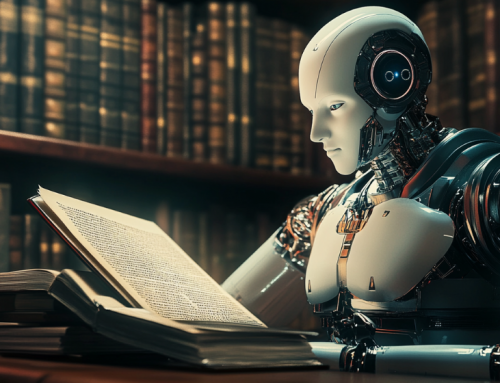

Leave A Comment